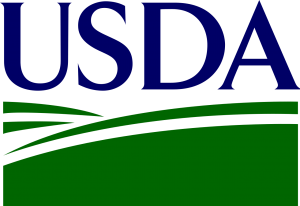In the following editorial, Renewable Fuels Association President and CEO Geoff Cooper explains how the Sustainable Aviation Fuel (SAF) modeling debate isn’t really about “GREET vs. ICAO.” It’s about current data vs. old data.
 Last year’s Inflation Reduction Act created tax credits meant to stimulate the production and use of sustainable aviation fuel (SAF), a critical tool in the aviation sector’s decarbonization strategy.
Last year’s Inflation Reduction Act created tax credits meant to stimulate the production and use of sustainable aviation fuel (SAF), a critical tool in the aviation sector’s decarbonization strategy.
To qualify for the tax credits, SAF must reduce lifecycle greenhouse gas emissions by at least 50% compared to conventional jet fuel. SAF that achieves the minimum 50% reduction earns a tax credit worth $1.25 per gallon. The value of the credit increases as the carbon intensity of the SAF decreases, topping out at $1.75 per gallon for SAF that has net-zero or carbon-negative emissions. For the purposes of estimating the carbon intensity of different SAF options, Congress directed the U.S. Treasury to use the methodology established by the United Nations’ International Civil Aviation Organization (ICAO) or a “similar methodology.”
RFA and many other stakeholders (including airlines, SAF producers, farm groups, members of Congress and university researchers) have argued that Treasury should recognize the Department of Energy’s GREET model as a “similar methodology” for the purposes of determining SAF carbon intensity (and, thus, tax credit values). Meanwhile, some in the environmental community are pushing the Treasury to require that the ICAO methodology be used exclusively.
Those environmental groups have attempted to label our advocacy on SAF modeling as some kind of behind-the-scenes, clandestine lobbying effort to purportedly “weaken” SAF standards. Nothing could be further from the truth.Read More










